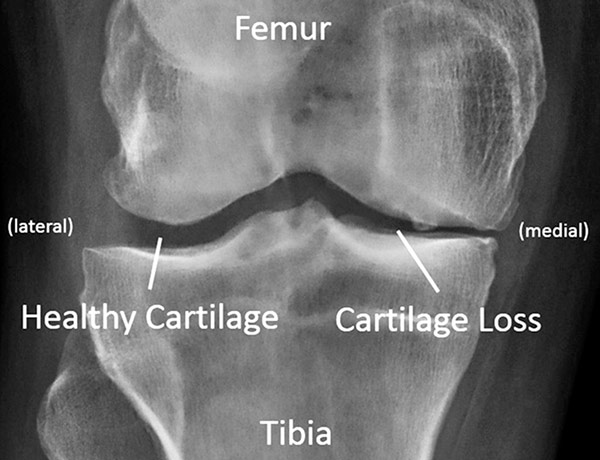

When selecting physical therapy ICD codes, the code with the highest number of applicable characters should be chosen, at least on the first visit. Stress fracture, right shoulder, subsequent encounter for fracture with routine healing Note, for fracture care, there are several more extensions (example: P, G, K, which signify malunion, delayed healing, or nonunion for a subsequent encounter).

D: Subsequent encounter (anything related to the phase of routine care of the injury while the patient recovers–this usually refers to rehabilitation).A: Initial encounter (anything related to care of the initial injury).Character 7 is an extension value.or example:.Characters 4-6 indicate etiology, anatomic site, severity or other clinical detail.Characters 1-3 indicate the category of the diagnosis.Each code follows the following structure: The more characters it has, the more specific it is. They begin with a letter and are always between three to seven characters with a decimal point placed after the third character. You can select multiple codes that describe the primary condition and symptoms related to the condition but one code will be reported as a primary code.Īll physical therapy ICD-10 codes are alphanumeric. If you are a HIPAA-covered entity, you must submit these physical therapy ICD-10 codes if you are seeking reimbursement from an insurance company. They identify a medical diagnosis and help insurance companies understand why the care you are providing is medically necessary and therefore, reimbursable. The purpose of ICD codes, according to the Centers for Medicare and Medicaid Services, is to promote international comparability in the collection, processing, classification and presentation of mortality statistics. The CM code set, short for Clinical Modification, is used in outpatient and clinical settings in the U.S and will be discussed further here.

The PCS code set is used only for inpatient procedures and will not be discussed further in this article. Physical therapy ICD-10 contains two code sets: ICD-10 CM and ICD-10 PCS. In 2015, physical therapists and all other HIPAA-covered healthcare providers transitioned from the ICD-9 to the current version, ICD-10. The International Classification of Disease, 10th Revision (ICD-10) is a set of diagnosis, symptom, and procedure codes that physical therapists use daily in their practice. If you are ready for a primer in physical therapy ICD-10 codes, keep reading to learn more about phyical therapy ICD-10 codes and common coding mistakes to avoid.
#Icd 10 code for osteoarthritis how to#
While any practicing therapist will be familiar with the process of searching for and choosing these codes, many of them have never learned about the structure and purpose of these codes and how to select a code that maximizes the likelihood of insurance covering their services. Physical therapy ICD-10 codes are used by physical therapists in the United States for billable services.


 0 kommentar(er)
0 kommentar(er)
